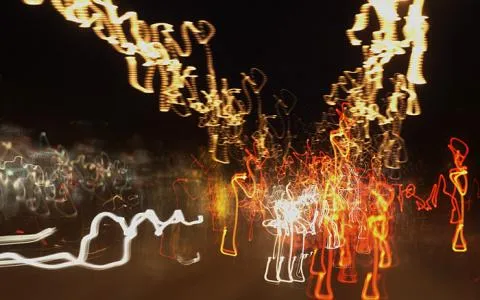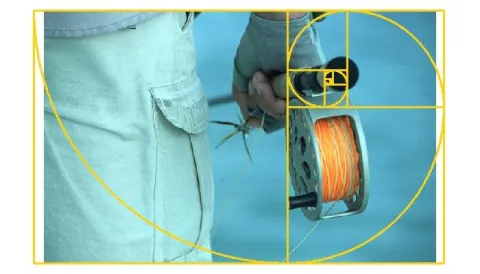The favorite rule has to be the last one, but the nine first are very useful too.
These ten rules were originally made for Lomo's and Lomography. If you are not familiar with this concept, check it out. I'm not going to cover it in depth here. But I will happily steal the Ten Golden Rules of Lomography and rewrite them to Ten Golden Rules of Photography.
Like the Lomo cameras and concepts themselves, these rules are kind of anarchistic and definitely not what you find in many off-the-mill articles about rules. But they are still very much in line with my own "Exercise your photography muscles" paradigm. It's about the shooting, the situations and the subjects and not about techniques or gear as is the case in so many of these articles.
They can be applied by any photographer using any camera.
These rules are kinda "Exercise your photography muscles in a fun way".
My personal favorite rule is number 10: there are no rules, but the rest are worth reading too. I have replaced Lomography with Photography and added my comments in place of theirs, which can be read in the original post.
1. Take your camera everywhere you go
I always said so! And I mostly do so. The first step to getting great pictures is to have the camera on you. Sure, I know that people have their cell phones and whatnot, but I bring a “real” camera almost every time I leave the house. Walking the dog, shopping, family visits and so on. Even the shortest and least exciting trip can suddenly turn into a photo adventure.
2. Use it any time - day and night
I will emphasize shooting at low light. Don't worry about the lack of light, long exposure times, high ISO, motion blur and all that comes from bad lighting. Really great images have been shot in really bad light. And technical quality doesn't necessarily equal photographic quality.
3. Photography is not an interference in your life but a part of it
Just make it natural to shoot all the time. You do that by having a camera on you and looking at things with your photographer's eyes all the time.
4. Try the shot from the hip
My own rule is: go low. A low stance makes for some really interesting shots, and I often just hold my camera vertical towards the ground and fire without looking in the viewfinder. Some great shots have come from that. Wide angle lenses in particular lend themselves very well to this style, and their large angle of view and large DOF ensures many good images.
5. Approach the objects of your photographic desire as close as possible.
I have said it soooo many times: go close. Proximity is obvious in the final images, and can produce some really in-your-face images.
6. Don't think.
Follow any whim, just shoot and don't worry. You'd be surprised what crazy situations can give great pictures. All common sense may say “no way!”, but the result can be surprising. And bits and bytes in digital cameras are free, so just shoot away. No film or development cost.
7. Be fast.
Situations come and go in instances. Be on the trigger immediately. Don't think it through, don't micro adjust, don't over compose – simply shoot!
8. You don't have to know beforehand what you capture.
The original said "on film". It goes equally well for digital cameras. You might have no idea what's going to be on the memory card when you get home, and you might have nothing. But you might just have a brilliant shot – or several.
9. Afterwards either.
Oftentimes you can surprise yourself once you see the pictures on a computer. Chimping doesn't show everything, and personally I basically stopped chimping and don't assess my shots before I am back at the computer. Many times the images look miserable at first, but with some time spent at the computer, they can evolve into something really good. Heck, some photos don't even bloom before they are printed and hung on a wall!
10. Don't worry about any rules.
The best rule of them all.









